Ubiquitously Uzbekistan – A Bag of Gold Just to See Khiva

I’d be willing to offer a bag of gold in exchange for just one look at the ancient city of Khiva.

This Central Asian saying speaks amply to Khiva’s historic status as one of the most beautiful and storied cities along the ancient silk road in Uzbekistan. And having spent almost two days there, I would say Khiva lives amply up to its good name.
We woke up to brilliant rays of the morning sun and took our time at breakfast. The weather remained somewhat chilly, but the generous sunshine well compensated for the cold. There was no plan today, we would simply walk around the Ichon Qala (also Itchan Kala), as it is a well-defined, enclosed area with an endless number of heritage mosques, madrassas and defense fortifications.

Khiva is, in many ways, distinct from Samarkand and Bukhara. Known as an “open air museum,” Khiva’s Ichon Qala envisions itself as a place for the tourists. Whereas both in Samarkand and in Bukhara there were opportunities for us to take but a glimpse of the local residents’ lives there, in Khiva tourism is the very life itself for Khiva’s people. You do pay for this, as a result – the first thing to note is the (comparatively) costly entrance fee for the Ichon Qala. It costs 100,000 Som (about US$8) to enter and tour the city, and at key sites they will check your ticket (such as the Juma Mosque, which is a must-see). Also, there is a separate fee to enter the Pahlavon Mahmud complex, and we decided not to see it. This ticket will enable unlimited entry for two days at all other ancient sites in the Ichon Qala.
The Ichon Qala is a UNESCO heritage site. It is a well-defined area as enclosed by the Ark of Khiva. There are endless madrassas inside the Ichon Qala, along with mosques and mausoleums. Having spent just 1.5 days there, I think the Kunya Ark, the Juma Mosque, the Madrassa Muhammad Aminkhan, the Zarafshon Café, which is located in the Tolib Masxum Madrassa, and finally the former palace Tash Khauli were must-see attractions in Ichon Qala.
A Brief History of Khiva

For as long as the existence of the ancient Silk Road Khiva had been the very last stop on the Central Asian segment of the trade route. For the caravan traders Khiva was a water stop for their fleet through the vast aridity of the Kyzylkum Desert, which was wedged between the Amu Darya and the Syr Darya rivers.
According to legends, Shem, one of Noah’s sons, found sweet water here (“Khey-vakh”), thus began the name of this city as Khiva. It is believed that Khiva was founded around the 5th or 4th century B.C. Khiva was known to the Arabs as early as the 10th century. It must be noted that, like so many ancient cities in now Uzbekistan, Khiva was not spared from the brutality of the Mongol invasion in the 13th century. The Mongols razed down Khiva and therefore some of the ancient structures had to be rebuilt in the 18th and 19th centuries.
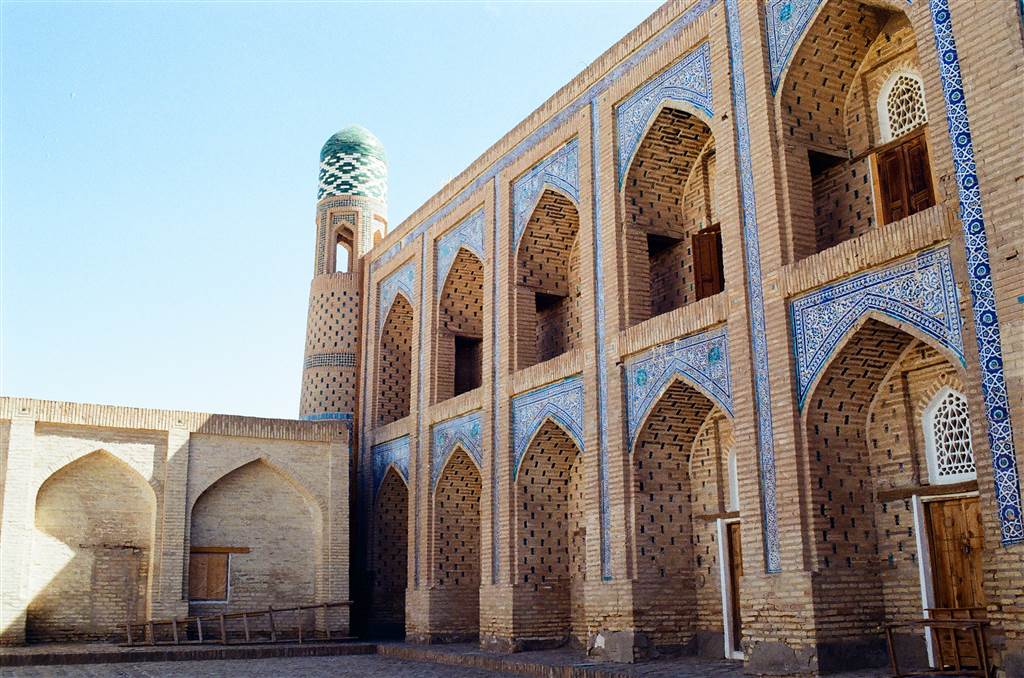
In 1511, the Khorezm khanate was established in this area. By the end of the 16th century, Khiva has risen to become the capital of choice for the Khorezm khanate, which rivalled the neighboring Shaybanid of Bukhara. Most of the grand heritage structures standing in Khiva now belonged to this era. By the mid 17th century, stronghanded khans Abdul Gazi Khan and his son Anusha Khan finally took the khanate to an era of glory, and they went to war with Bukhara as well.
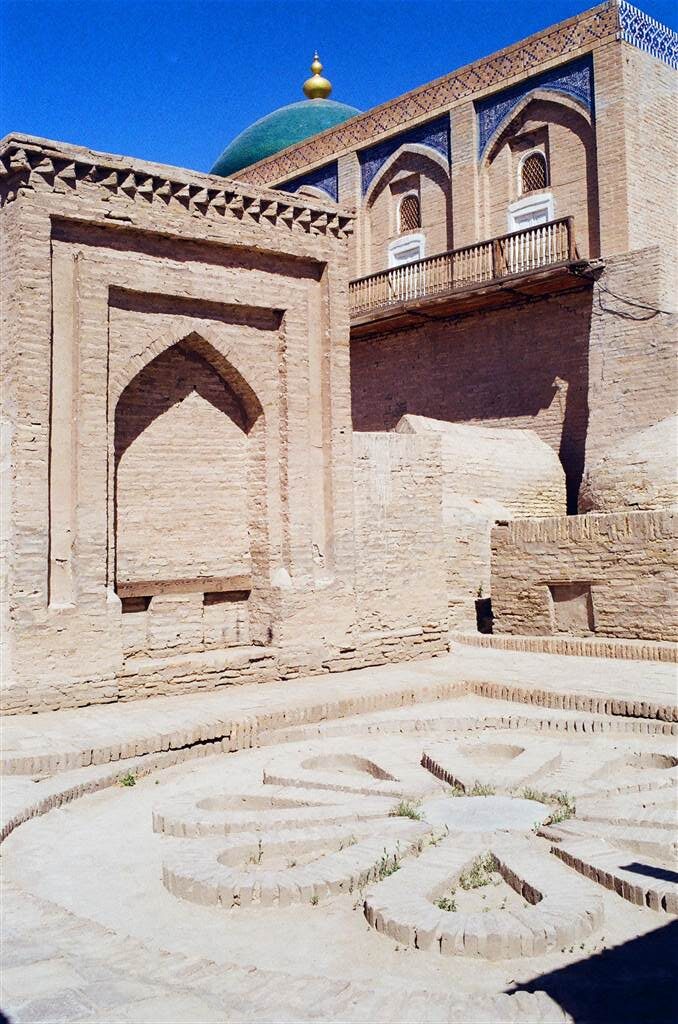
As it turned out the Khorezm Khanate would continue to have century-long animosity with the Russians, the origin of which concerned the issue of slavery. In the times of the ancient silk road, both Bukhara and Khiva were loved and feared by the traders. While they presented excellent business opportunities for trade in all kinds of goods in their markets, in both locations the traders and their fleets were often abducted and turned into slaves. In the 16th century or so, slave trade ran rampant in Khiva, with going rates for all kinds of people based on their physiques, gender and race. Russians would fetch a high price, especially the men. Russia had repeatedly protested the taking of their men for trade, only to fall on deaf ears.
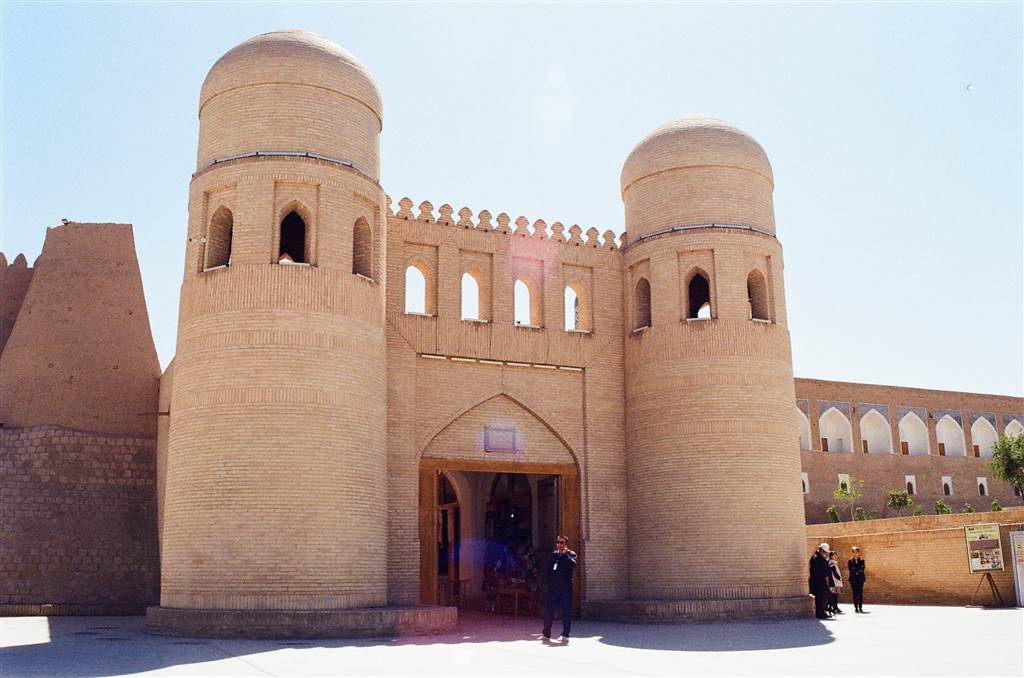
The savagery of the Khorezm khanate would eventually lead to its demise as the Russians made their final invasion in 1873 and succeeded in taking down Khiva. In 1717, Tsar Peter sent Prince Bekovich to Khiva wanting to learn about the potential of gold discovery in the Khorezm khanate and a new water route to British India. The khan welcomed the 4,000-strong Russian troop, only to slaughter them all later. Prince Bekovich was flayed alive. Thereafter, the Russians made a second attempt at invading Khiva between 1839 and 1840, but failed due to the snowy weather and terrain.
It was only with the third attempt made in 1873 that the Russians entered Khiva successfully. In 1920, Khan Abdulla abdicated and later died. The region was proclaimed the Khorezm People’s Republic. In 1922 the region became part of the Soviet Republic, and finally in 1924 joined the republic of Uzbekistan.
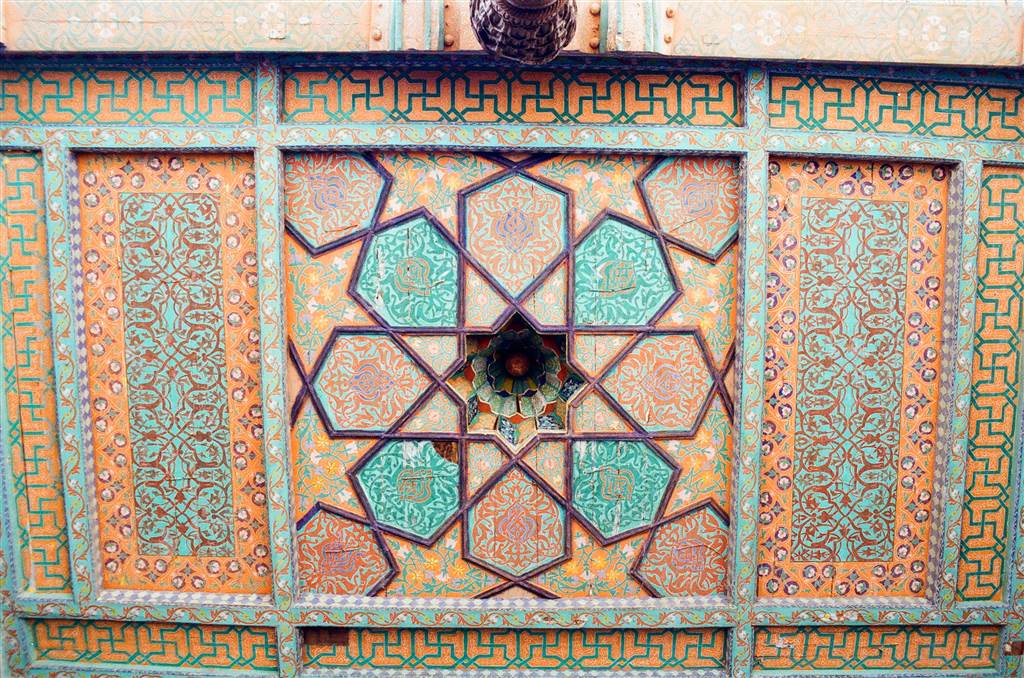
First Impressions of Khiva
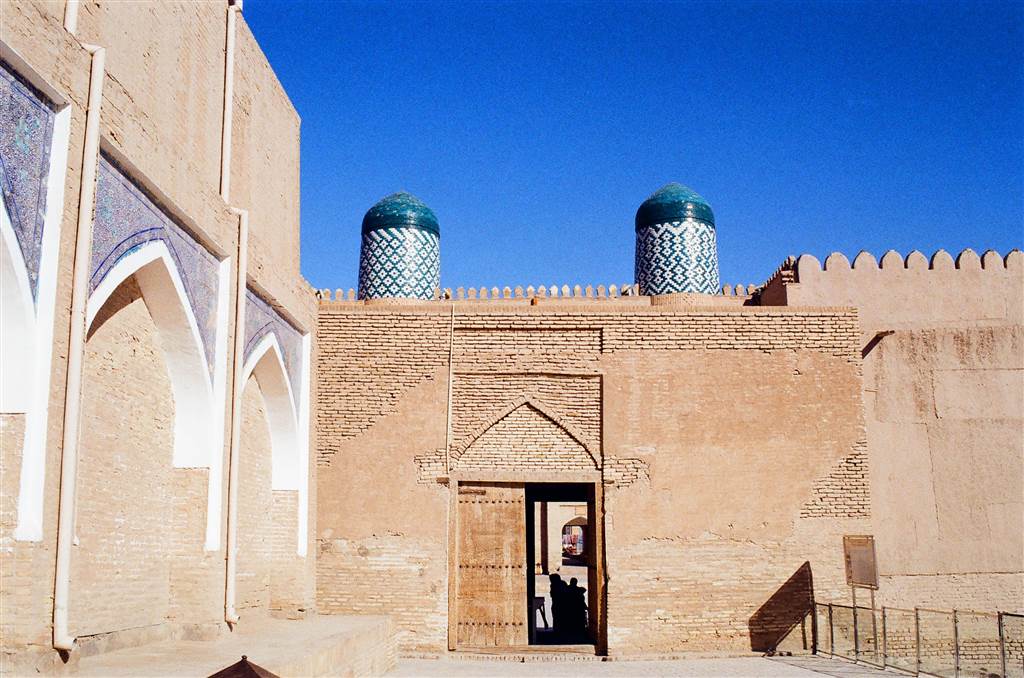
The typical turquoise of Uzbek architecture scintillated a minty brilliance under Khiva’s desert sun. When I had my first view of this ancient city under natural daylight, I noticed quite a number of minarets throughout the city. One after another, the minarets stood in varying heights, at 200m apart from each other. They crowd the scene with a grandeur that stood against the ravages of time—well, at least since the 18th to 19th century, when the city went through wholesale restoration and reconstruction after the destructions caused mostly by wars.
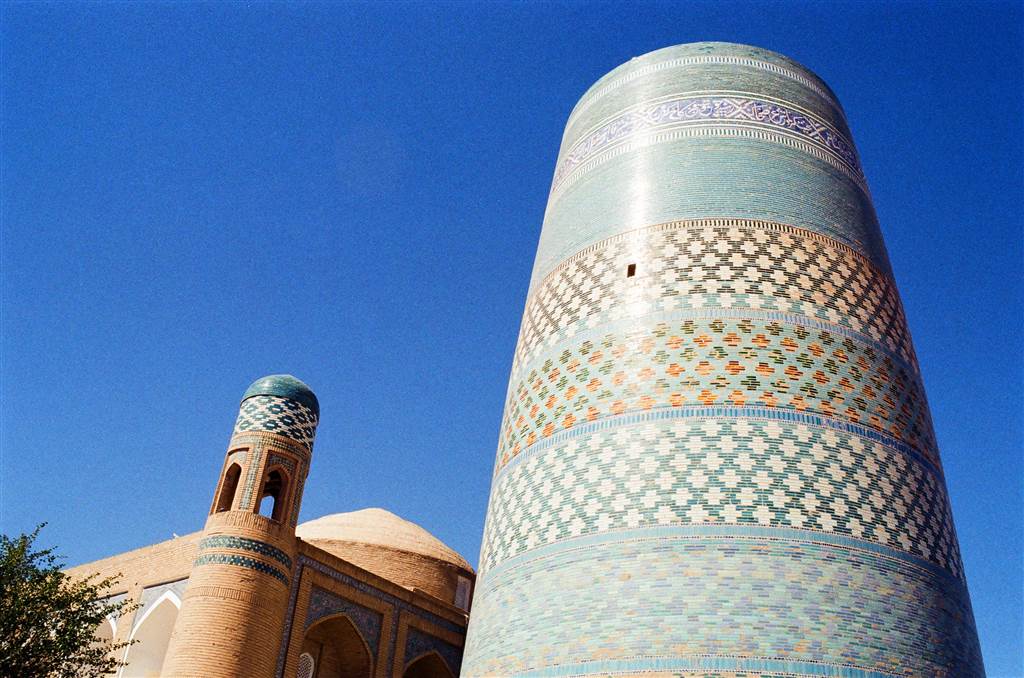
The minarets, 14 of which remain standing in the city, have certainly lost all of their intended functions for both religious and defensive purposes. The call to prayers by Uzbekistan’s minarets was stopped in 2005 after the Andijan incident and the subsequent massacre, with the government citing Islam extremism as the reason for the original protest. There was some revival of the Azan (the call to prayer) in a limited fashion in more recent years.
The first spot that we came upon was the petite bazaar next to the Kalta Minor Minaret. While we did love the beautiful, handcrafted pieces there, we noticed something that was slightly disappointing—being exposed to the elements of the desert climate, a lot of the goods were tainted by the sand and dusts. We did not buy anything, but instead savored the views of bazaars that were more in tune with the ancient middle eastern street markets in my imagination, the ones that were the elixir of life in ancient economies.

My first impression of Khiva was thus, “it is either heritage or bazaar here,” as I was muttering to myself. Suffice to say, those alone could keep us engaged for the next 1.5 days, in a series of busy sightseeing that involved a great deal of learning, and most importantly, the appreciation of the beauty of the ancient silk road that was preserved to this day.
I did offer the price of a gold coin just to see Uzbekistan.
Sources
Sophie Ibbotson, Uzbekistan, Bradt Travel Guide (2020).
Calum Macleod, Uzbekistan: the Golden Road to Samarkand (2014).
National Institute of Informatics, Digital Silk Road Project, The Journey to Khiva, the World Heritage in Silk Road Through Old Photographs.
